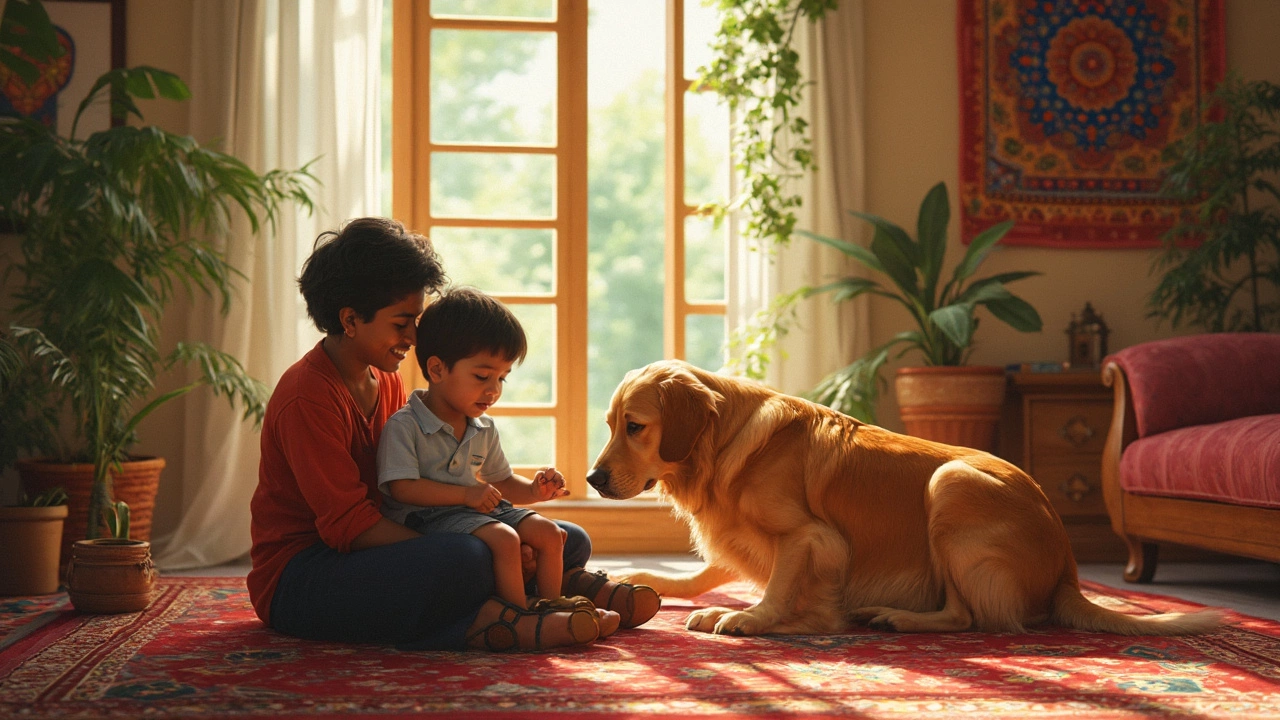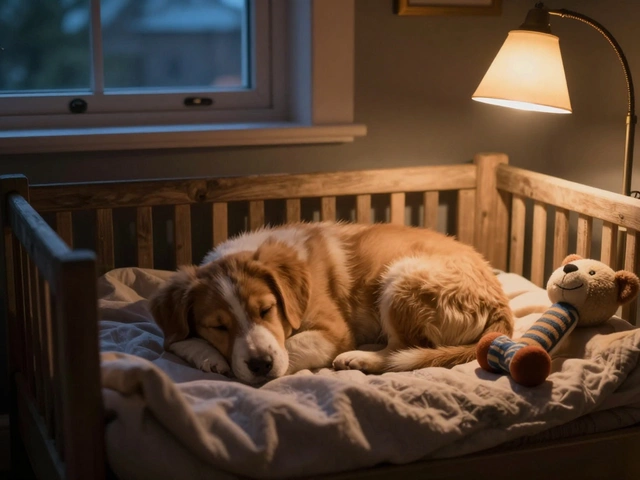Pawing in Dogs: What It Means and How to React
If your dog ever taps you with a paw, you’re not alone. Most owners see this move and wonder if it’s cute, annoying, or a sign of something deeper. The truth is simple: pawing is a way dogs try to communicate. Understanding the motive behind the paw can help you respond the right way and keep the bond strong.
Why Dogs Paw
Dogs don’t have words, so they use their bodies. A paw tap can mean any of the following:
- Attention request – Your pup wants you to look, pet, or play.
- Need or want – Food, a walk, or a door to open.
- Comfort – Some dogs paw when they’re nervous and need reassurance.
- Play invitation – A gentle tap can be a “let’s play!” signal.
These motives show up in different situations. For example, a puppy may paw at the kitchen door when it’s close to meal time, while an older dog might paw your lap when it wants a belly rub.
How to Handle Pawing
First, stay calm. Reacting with loud scoldings can make the dog nervous and increase the behavior. Instead, try these steps:
- Identify the need. Look at the context: Is the bowl empty? Is the leash nearby? Answering the question often stops the pawing fast.
- Give a clear alternative. If the dog wants attention, teach it to sit or lie down first, then reward with petting. This swaps the paw for a polite request.
- Ignore the unwanted tap. If the paw is just for attention and you don’t want to reinforce it, turn away and wait for calm behavior before engaging.
- Teach “no paw” command. Use a calm “no” or “off” cue, then redirect to a handshake or a paw‑up on command. Consistent practice makes the dog understand what’s acceptable.
- Check for stress. Persistent pawing without a clear need may signal anxiety. Look for other signs like pacing, whining, or drooling, and consider a calming routine or professional help.
These tricks work across many scenarios, from the puppy‑hood excitement in posts like “What No One Tells You About Getting a Puppy” to the older dog’s wish for extra snuggle time discussed in “Dog Beds: Why Does My Dog Sleep Next to My Bed?”.
Remember, consistency is key. If you sometimes reward pawing and other times ignore it, the dog will get mixed signals and keep trying. Pick one response and stick with it for a week, then reassess.
For more ideas on reading dog body language, check out the article “Why Do Dogs Stretch When They See You?” which breaks down other subtle signals that often accompany pawing. And if you’re curious about how travel stress can affect behavior, “Is Flying in Cargo Traumatic for Dogs?” offers a look at anxiety triggers in a different setting.
In short, pawing is a useful tool in a dog’s communication kit. By figuring out what your pup is trying to say and responding with clear, calm actions, you turn a simple tap into a stronger bond and a calmer home.

Understanding Why Your Dog Puts His Paw on You
Dogs have unique ways of showing their feelings, and putting a paw on you is one of them. This gesture can mean several things, from expressing affection to seeking attention. Understanding your dog's behavior can strengthen your bond and improve communication. Learn about possible reasons for pawing and how to respond appropriately. Discover how your dog's choice of bed can affect his behavior.
read more



